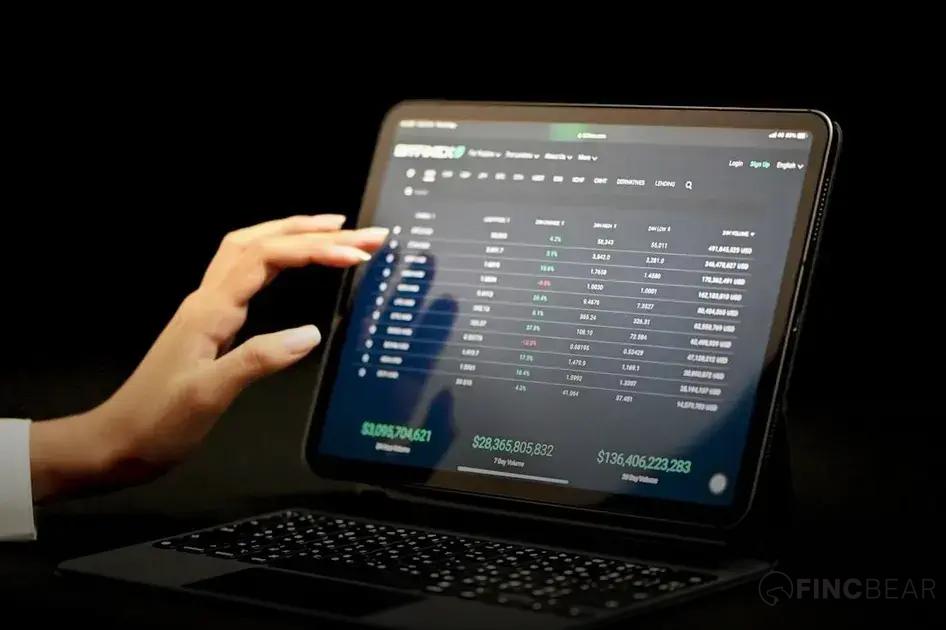In the world of cryptocurrencies, everyone is always on the lookout for the next big investment opportunity. With its rapid rise in value and growing ecosystem, many investors are asking: Is Solana the next big crypto investment? In this post, we will explore Solana’s unique features and how it stacks up against competitors like Ethereum. We’ll also discuss the risks involved and Solana’s potential role in the future of decentralized finance. Let’s dive into whether Solana is a short-term fad or a solid long-term bet.
Understanding Solana’s Unique Features
Solana is recognized for its unique features that set it apart in the crypto world. One standout aspect is its high throughput, which is achieved through a novel consensus mechanism called Proof of History (PoH). PoH enables timestamps to be encoded directly into the blockchain, allowing for more transactions to be processed per second. This design aims to ensure scalability without sacrificing security or decentralization.
Another feature of Solana is its low transaction costs, which makes it appealing for a variety of applications, from decentralized apps (dApps) to non-fungible tokens (NFTs). Developers are drawn to Solana’s infrastructure because it provides a more efficient and cost-effective way to build and scale their projects.
Solana also boasts an extensive ecosystem of tools and resources for developers, including compilers and libraries optimized for speed and functionality. This ecosystem further strengthens its position as a viable alternative to existing blockchain solutions.
Moreover, Solana is committed to maintaining a decentralized network, emphasizing participation from a wide array of validators globally. This commitment is a key factor in fostering trust within the community and among potential investors.
By focusing on innovation and community involvement, Solana continues to enhance its platform’s capabilities, ensuring that it remains at the forefront of blockchain technology.
How Solana Stacks Up Against Ethereum

Solana and Ethereum are two of the most prominent platforms in the blockchain space, each with its own unique characteristics and strengths. When comparing Solana to Ethereum, one of the first distinctions is how they handle transactions.
Transaction speeds are where Solana shines. It has been designed to support fast, scalable networks, with the capability to process more than 50,000 transactions per second, significantly outpacing Ethereum’s current capabilities. This has made Solana a favorable choice for developers who require high throughput and low latency.
Moreover, Solana uses a unique consensus mechanism known as Proof of History (PoH), which complements the Proof of Stake (PoS) to enhance efficiency. In contrast, Ethereum, although transitioning to Ethereum 2.0 with PoS, has traditionally operated under a Proof of Work (PoW) model, which is less energy efficient.
From a cost perspective, Solana offers lower transaction fees compared to Ethereum. This is a critical factor contributing to its growing popularity among users and developers. Ethereum’s congestion and high gas fees have been points of contention, prompting some users to consider alternatives like Solana.
Both platforms, however, have strong community support and extensive ecosystems, with Ethereum being a pioneer in decentralized applications (DApps). The Ethereum network boasts a mature ecosystem with a robust suite of developer tools and community backing. On the other hand, Solana is rapidly building its ecosystem, attracting projects and users looking for speed and cost-effectiveness.
In terms of decentralization, Ethereum has a higher number of nodes compared to Solana’s validator set, which can imply a higher level of decentralization. However, Solana is actively expanding its validator network, which may enhance its decentralization over time.
In conclusion, while both Solana and Ethereum have their merits, the choice between them depends largely on the specific needs of the user or developer. Whether prioritizing speed and costs or looking at ecosystem maturity and decentralization, each platform offers distinct benefits.
The Risks Involved with Investing in Solana
Investing in Solana as a cryptocurrency asset comes with unique risks that potential investors should consider thoroughly. As with many emerging technologies, the rapid growth of Solana could lead to volatility in its market value, making it susceptible to substantial price swings. This volatility is further heightened by the overall nature of the cryptocurrency market, which is still finding its equilibrium.
Another significant risk is regulatory challenges. While Solana offers innovative blockchain solutions, it does not operate in an entirely regulation-free environment. Changes in regulatory stances or government policies regarding cryptocurrencies could impact Solana’s legality, trading, and acceptance in markets around the globe.
Network Vulnerabilities
Technical risks are also present, as Solana’s blockchain technology, although advanced, isn’t immune to hacks or system failures. Such technical vulnerabilities could undermine user confidence and affect Solana’s adoption on a wider scale.
Furthermore, Solana is part of a rapidly evolving sector with intense competition. Projects like Ethereum and newer entrants are continuously evolving, presenting the risk of technological obsolescence or market share loss if Solana fails to innovate or effectively scale its solutions.
Understanding these risks is crucial for anyone considering investing in Solana. Balancing these potential threats with the opportunity for high returns is part of a strategic investment approach.
Solana’s Role in Decentralized Finance

The integration of Solana into the decentralized finance (DeFi) ecosystem showcases its potential to revolutionize financial systems by leveraging blockchain technology. Solana’s high-performance capabilities, including its exceptional transaction speed and low fees, are pivotal to enabling efficient DeFi projects. These attributes are crucial as they address the challenges of scalability and cost-efficiency that have plagued many DeFi platforms.
Additionally, Solana’s architecture allows for the seamless execution of complex smart contracts. This capability is fundamental to various DeFi applications, such as decentralized exchanges, lending protocols, and yield farming. Users and developers benefit from the ease of deploying dApps without the constraints faced on other blockchains.
Moreover, Solana’s innovative consensus mechanism, Proof of History (PoH), plays a key role in synchronizing validators with a common historical record, enhancing network efficiency for financial transactions. This synchronization is essential for maintaining the network’s integrity and ensuring trust in decentralized finance operations.
Participation in Solana’s DeFi environment provides an opportunity for users to interact with cutting-edge financial instruments, opening doors to new forms of financial inclusion and innovation. Its robust ecosystem continues to attract a growing number of projects and developers, further solidifying its position in the DeFi landscape.
Is Solana a Short-Term Fad or Long-Term Bet?
Solana has become a hot topic in the cryptocurrency community, prompting debates on whether it is just a passing trend or a long-term investment opportunity. Understanding Solana’s Unique Features helps to unravel why it has gained such attention recently. Solana boasts one of the fastest blockchains in the industry, with a focus on scalability and low transaction fees. This could position it well in comparison to giants like Ethereum.
The excitement around Solana’s potential doesn’t dismiss the inherent risks involved with investing in Solana. As with any cryptocurrency, the volatility is a significant factor to consider. Sharp fluctuations in price and changes in the crypto space could impact Solana’s viability in the long run.
Yet, Solana’s role in decentralized finance (DeFi) could influence its staying power. With DeFi projects burgeoning on the network, Solana offers attractive conditions for developers looking to bypass Ethereum’s congestion issues. This might be a reason some investors see Solana as a long-term growth opportunity rather than a short-term fad.
Long-Term Bet or Short-Term Fad?
For now, the jury may still be out on whether Solana will retain its momentum as the next big crypto investment. But the factors discussed provide a framework that investors can use when evaluating its potential trajectory in the dynamic world of crypto.





